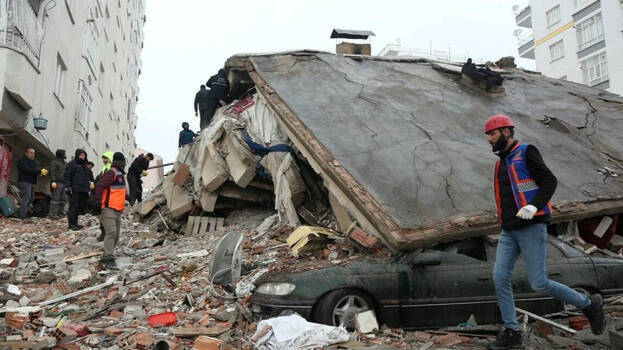

NEW DELHI: Earthquakes in Turkey and Syria this past Monday rocked not just two nations, but the entire world. It is reported that more than 20,000 people have died so far in both countries. The death toll is likely to rise further and rescue operations are still underway.
Although science has grown a lot, humans have not yet been able to predict the occurrence of earthquakes. That's how it affects so many people. But areas that are more prone to earthquakes can be identified. According to the Ministry of Geology, more than half of India's total land area lies in seismic zones. These are classified as very high risk areas, high risk areas and moderate risk areas.
Gujarat, Uttarakhand, Himachal Pradesh and some parts of Bihar are in the very high-risk zone. Most of the Western Himalayan states, including Jammu and Kashmir, Ladakh and Uttarakhand, most of Himachal Pradesh, parts of Punjab, Haryana, Uttar Pradesh, Bihar, North West Bengal, Sikkim, Gujarat and Maharashtra lie in the high risk areas.
In terms of cities, Guwahati, Srinagar and Port Blair are among the very high-risk areas. Delhi, Kolkata, Patna, Shimla, Ludhiana, Amritsar, Chandigarh, Darjeeling, Ghaziabad, Ambala, Dehradun, Gorakh, Moradabad, Nainital and Roorkee are the cities included in the high-risk areas.